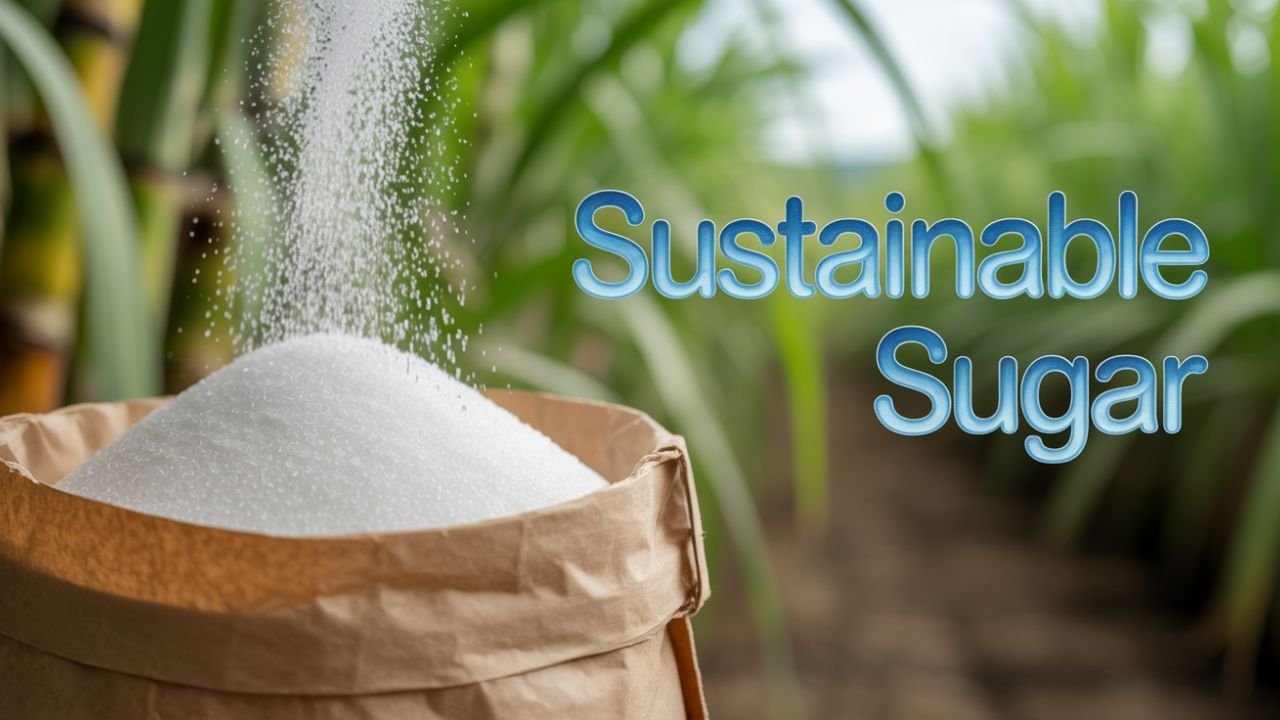In today’s world, “Sustainability” is not just an attractive word, but it has become our need. Just like other industries are facing environmental challenges, the sugar industry is also not untouched by them. From sugarcane cultivation to the process of making sugar, factors like high water consumption, energy use and carbon emissions at every stage have a profound impact on the environment. But in recent years, with the help of technology and innovations, this industry has taken significant steps towards sustainable development. In this article, we will know which sustainable practices are being adopted in sugar production, what is their importance and how the form of this industry can change in the future.
Environmental impact of conventional sugar production
The conventional process of making sugar from sugarcane poses many challenges to the environment. The biggest challenge is the heavy consumption of water. Sugarcane is a crop that requires a lot of irrigation to grow, due to which local water sources start drying up rapidly.
In addition, continuous cultivation of sugarcane reduces the fertility of the soil. Repeatedly sowing the same crop disturbs the natural balance of the soil and reduces its productivity. When forests are cut down on a large scale for sugarcane cultivation, biodiversity is directly affected. Not only is the natural habitat of plants and animals destroyed, but carbon emissions also increase.
Excessive use of chemical fertilizers and pesticides in the fields pollutes both soil and water. This not only harms the environment but also has a bad effect on the health of the local people. High energy consumption in sugar factories and the greenhouse gas emissions caused by it also accelerate climate change.
Steps towards sustainable sugarcane farming
In view of these challenges, many sustainable practices are now being adopted in the sugar industry. Their aim is to make the production process more eco-friendly and to protect natural resources for future generations.
1. Effective water management
Water scarcity is the biggest problem in many sugarcane growing areas. To solve this, farmers and industry are using new technologies.
Drip irrigation is a technique in which water is directly delivered to the roots of the plants. This not only stops wastage of water, but also increases crop productivity.
Rainwater harvesting is also an important initiative, in which rainwater is collected and used for irrigation. This reduces dependence on groundwater.
Precision agriculture i.e. providing water according to the need of the fields with the help of technology is also becoming popular. In this, using sensors and data analysis, it is decided when and how much irrigation is to be done.
2. Soil conservation techniques
Healthy soil is the foundation of sustainable agriculture. Many measures are being adopted to maintain the health of the soil in sugarcane cultivation.
Through Crop Rotation, farmers grow other crops along with sugarcane, which maintains the balance of nutrients in the soil and also reduces the infestation of pests.
In Cover Cropping, a layer of covering plants is sown on the soil in between sugarcane harvesting, which protects the soil from erosion and improves its quality.
Apart from this, adding Organic Manure and Green Manure restores natural fertility in the soil and maintains its productivity for a long time.
3. Conservation of biodiversity
Many times natural habitats are destroyed due to sugarcane cultivation. But new sustainable practices are trying to overcome this problem.
Agroforestry, that is, adding trees and shrubs to sugarcane fields, not only increases biodiversity, but also becomes a source of additional income for farmers.
Creating a buffer zone is also a useful technique. In this, natural vegetation is planted on the edges of the fields, which protects local fauna and does not allow the flow of chemicals to reach nearby water sources.
In addition, Habitat Restoration re-greens those lands that were previously cleared for sugarcane cultivation. This not only restores environmental balance, but also strengthens the ecosystem.
Conclusion: Towards a greener future
It is clear that traditional methods in the sugar industry put a lot of pressure on the environment, but new technologies and sustainable practices can change this situation. From water management to soil conservation and saving biodiversity, every initiative is contributing towards making sugarcane production more sustainable and eco-friendly.
If these practices are adopted on a large scale in the future, not only will the environment be protected, but the income and production capacity of farmers will also increase. Therefore, it is the need of the hour that we should not look at the sugar industry only from an economic point of view, but also move it forward by linking it with the interests of the environment and society. This step will lead us towards a green and sustainable future.

